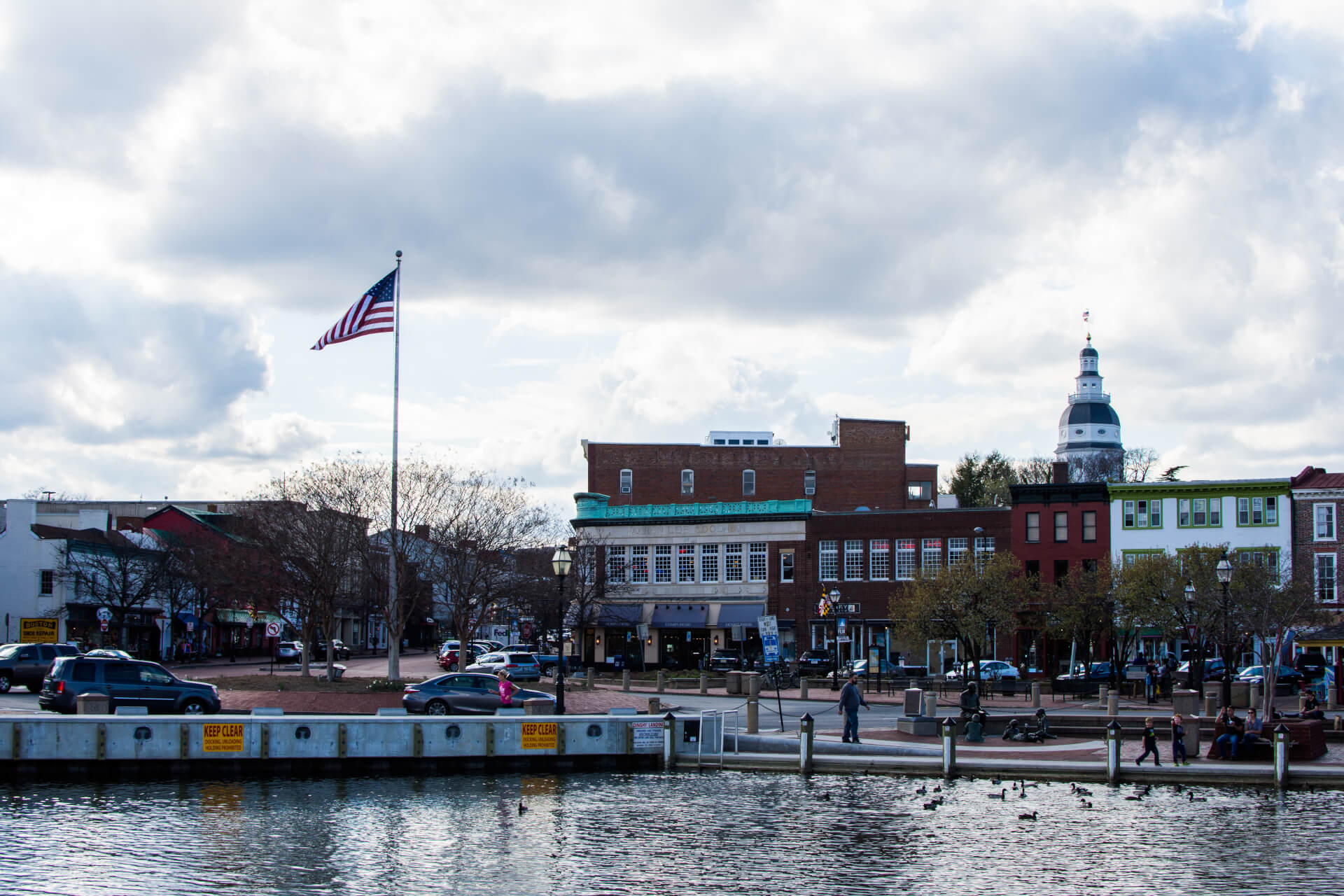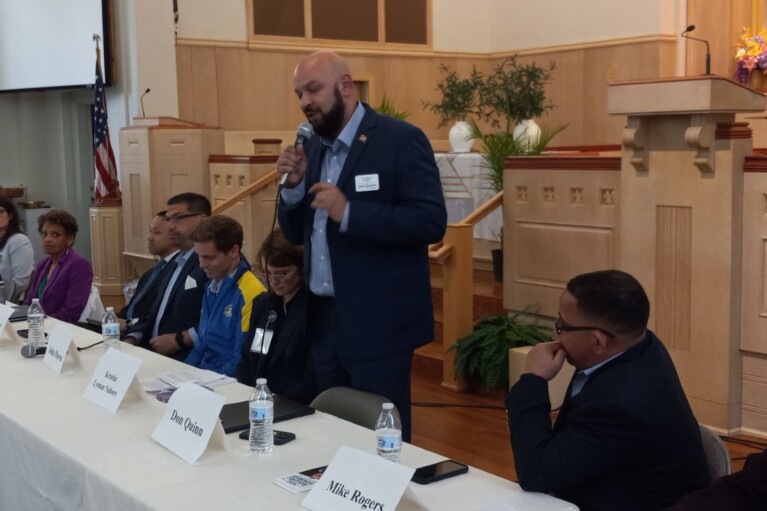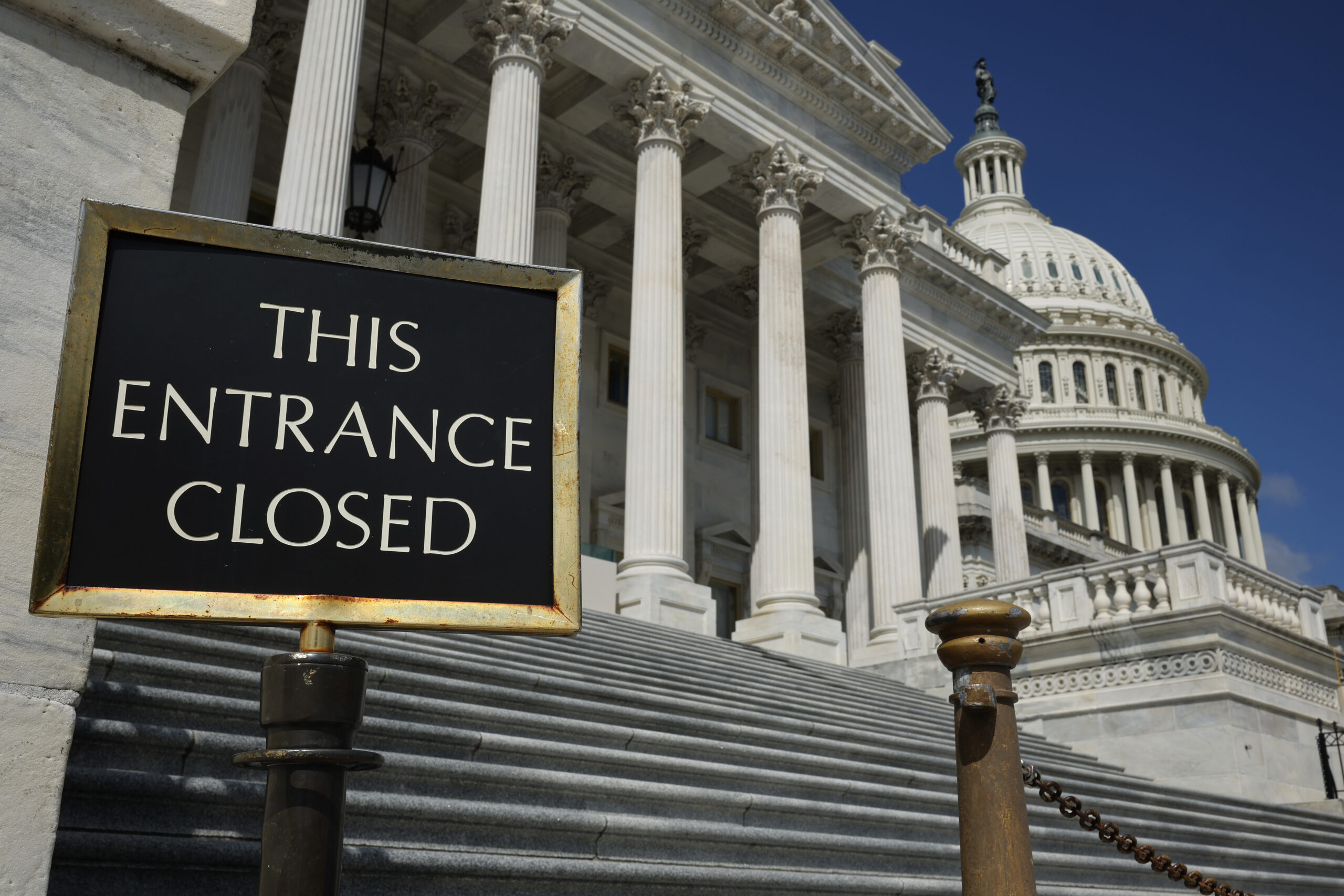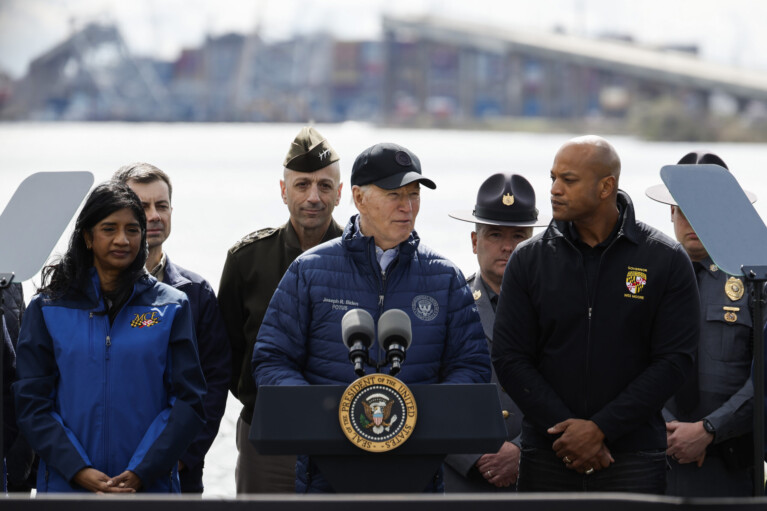Lawmakers propose creating Chesapeake National Recreation Area

Maryland lawmakers on Monday announced draft legislation to create a unified Chesapeake National Recreation Area.
The proposal would unite a series of park areas and visitor centers owned and operated by the National Park Service as well as privately owned properties along the Chesapeake Bay on a voluntary basis to deliver more federal resources to the region.
By doing so, the proposal would open up new funding streams and allow the National Park Service to better coordinate planning at different sites in and around the Bay watershed.
Lawmakers hope that could then spur economic growth, bolster conservation efforts and increase public access in the Chesapeake Bay.
The initial four sites that would be managed by the NPS are Whitehall Manor, on the Broadneck Peninsula; Burtis House, which sits between City Dock and the U.S. Naval Academy in Annapolis; Thomas Shoal Point Lighthouse, off the cost of Annapolis, and the north beach of Fort Monroe, in Hampton, Va.
U.S. Rep. John Sarbanes (D-Md.), who co-sponsored the measure with U.S. Sen. Chris Van Hollen (D-Md.), said the four initial sites chosen for the Chesapeake NRA comprise “a great place to start in terms of demonstrating what the power of the Chesapeake Bay is.”
“This is for everyone,” he added at a news conference at the Burtis House. “This is for everyone who cares about this national treasure, the Chesapeake Bay. We want the establishing legislation to reflect the stories, the perspectives, the lived experiences of Bay communities as diverse as the ecosystems of the Chesapeake itself.”
The idea to create a Chesapeake National Recreation Area started as an op-ed in the Capital Gazette newspaper in the 1980s, Van Hollen said.
“The Chesapeake is the birthplace of American identity and the landscape that bore witness to the many diverse people who have lived along its shores, including the Indigenous peoples who lived here for thousands of years before the Europeans arrived, free and enslaved Blacks, and the watermen and women who’ve all played a vital role in the story of our Chesapeake Bay,” said Chesapeake Conservancy President and CEO Joel Dunn. “Their stories are worthy of National Park Service interpretation and education.”
The public comment period is now open for the draft and will remain open for 90 days.
“The release of this discussion draft is just the beginning — we look forward to continuing our engagement with all community stakeholders to get their input on how we can build on this foundation to create a Chesapeake National Recreation Area to achieve our goal of bringing national recognition and greater opportunities to our Bay region.”
John Domen of Maryland Matters news partner WTOP News contributed to this report.



 Creative Commons Attribution
Creative Commons Attribution